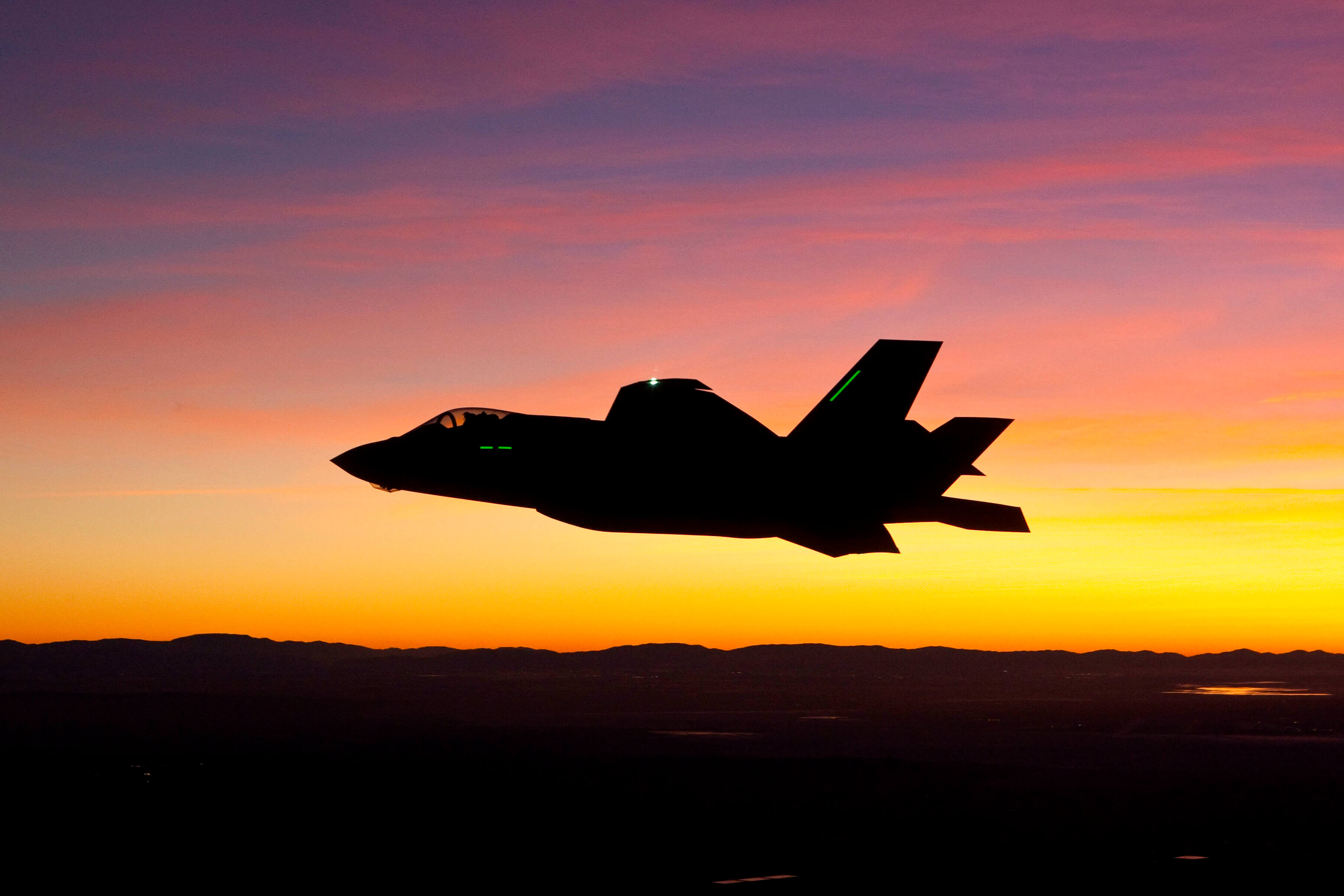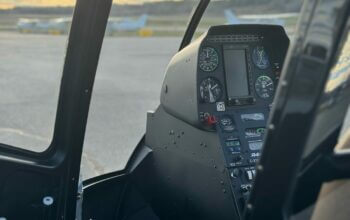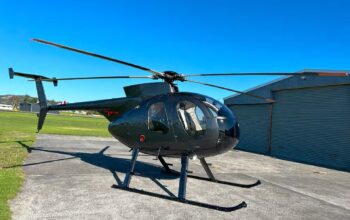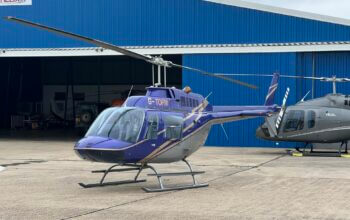Estimated reading time 8 minutes, 38 seconds.
Over its lengthy history, IMP Aerospace & Defence has sustained numerous Royal Canadian Air Force (RCAF) maritime patrol and transport aircraft, maritime helicopters, and search and rescue (SAR) platforms.
That, in turn, has allowed the company to successfully bid on maintenance, repair and overhaul work from allied militaries around the world; its hangars in Enfield, N.S., and at Cascade Aerospace — an operating unit in Abbotsford, B.C. — often feature as many foreign military aircraft as RCAF platforms.
A key to that success has been access to technical data.
“That has always been based on good government policy in the past,” David Gossen, IMP’s president and chief operating officer, reminded an audience of executives at the Aerospace, Defence and Security Expo (ADSE) in Abbotsford this month.
“Where Canadian companies have had access to the data, they have developed the expertise, they supported the airplanes over 40-year lifecycles, they have developed tremendous technology to support the Department of National Defence (DND), and they have exported that technology around the world. You are not going to go and sell your services internationally if you don’t have access to data.”

Moreover, “from a sovereignty perspective,” DND has been able to make independent decisions about the maintenance of its airframes, to ensure operational requirements are met, he added. Without critical data, in-service support (ISS) would be challenged.
Canadian defence and aerospace companies have long been stressing the necessity of vital technological data to deliver ISS. But the call has become more insistent in recent years as the RCAF prepares to transition from legacy aircraft to next-generation capabilities such as the F-35A fighter jet; a new multi-role transport and tanker aircraft; maritime patrol and intelligence gathering fleets; remotely piloted systems; and SAR platforms – all of which require access to manufacturers’ proprietary data to maintain them.
To date, obtaining that detailed technical information has derived from both sound government policy and investment in Canadian capabilities, Gossen noted, and that has “allowed the Canadian aerospace industry to punch well above its weight.”
The incoming airframes represent 40- to 50-year sustainment decisions, he emphasized, “and when you make a 50-year decision, you really need to look at how you are going to spend those dollars and how you are going to manage that program. These are generational decisions. . . . I think it is important we get it right.”
Those decisions, however, could be hindered by the lack of a national defence industrial strategy. Associations representing the defence and aerospace sectors have been urging the government to develop one for years. In a 2012 review of aerospace programs and policy, David Emerson, a former federal minister of Industry and International Trade, argued that while “private aerospace companies will ultimately drive competitive leadership in the new global economy . . . thoughtful, focused, and well-implemented public policies and programs can play a critical role in facilitating this success,” including “leveraging government procurements to support industrial development.”
More recently, in a June 2019 report for the Aerospace Industries Association of Canada (AIAC), Jean Charest, a former premier of Quebec and deputy prime minister of Canada, raised the spectre of growing competition from other countries and new players keen to capitalize on the demand for global air travel and transport. Among the report’s many recommendations, he suggested a “clearly defined” defence industrial strategy with “specific policy to spur and support Canadian innovation and investment with respect to in-service support procurement activities.”
Gossen and fellow panelists Uwe Zachau, managing director and chief executive officer of MTU Maintenance Canada, and Kyle Kusznieryk, chief executive officer of COTA Aviation, echoed that call. While the government’s list of Key Industrial Capabilities (KICs) provides an indication of where Canada intends to invest, and its Industrial and Technological Benefits (ITB) policy offers one means to achieving that, both are policy tools, not an industrial strategy, they argued.
“We really need to look at these long-term decisions [and] where we are falling short as a country,” said Kusznieryk, suggesting strategic decisions can’t be “just a check in a box” to meet ITB obligations.
For an industry craving stability to plan long-term growth, “the more we can push that industrial strategy concept, I think it will serve all parties well,” said Gossen. “It’s important we get our strategy right.”
If there was mounting apprehension about the lack of a strategy prior to the global pandemic, two years of diminished aerospace activity has only accentuated concern. Some countries “put real dollars” behind their aerospace sectors,” Rahul Gangal, a partner with Roland Berger, told delegates. “Canada did not.”
Recent affirmation by NATO members to spend two percent of GDP on defence – a pledge many including Canada having been falling woefully short of – could mean $100 billion in additional spending on military capability, he noted. Though companies and governments “want regional solutions” for their supply chains, Canada will face strong pressure from other regions, in particular Asia, for both talent and investment.
To contend, “Canada will need to keep its national [defence and aerospace] champions healthy,” said Gangal, as they “define the pyramid of companies underneath them.”
Zachau urged the government to define its investments, and quickly, noting that in Europe, few anticipated the invasion of Ukraine and the demand for defence spending and capabilities the war would require. If you are unprepared, he said, “you won’t have the time.”
That is especially important for talent recruitment and retention, he added. “What is crucial is to set the anchor point . . . as to where Canada wants to be in terms of aviation. . . . If this anchor point is not clear, we will lose acceptance, especially of young folks just coming out of school. We will have to give them a perspective to say, this is the business I want to be in.”
“All nations recognize that these are important jobs, technologically based jobs,” said Gossen, and more and more countries are seeking a larger foothold in aerospace. “I think we need to have an open and honest debate: What do we want as a nation? Where do we want to spend our money? . . . Until we have that debate, we will always be transactional. And it’s tough to play a 40-year game when you are making transactional decisions.”








